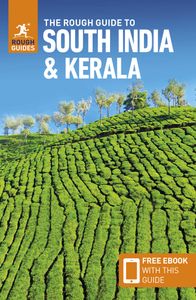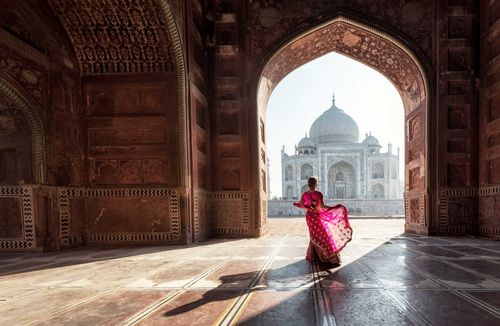What to do in Manipur
From browsing the largest female-run market in Asia to spotting cloud leopards, these are the best things to do in Manipur.
#1 Browse Khwairamband bazaar, the largest female-run market in Asia
At the heart of Imphal, the fascinating Khwairamband bazaar, also known as ima keithel (mother’s market), now rehoused in four buildings and spilling on the kerb outside, is run by more than three thousand Meithei women, making it the largest female-run market in Asia.
#2 See the ritualistic addressing of the deities at Shri Shri Govindjee
Southeast of Kangla, the Vaishnavite temple of Shri Shri Govindjee, where priests perform rituals addressing the deities according to the times of day, is well worth a visit. Go in the afternoon when you may be lucky to catch a glimpse of a Manipuri dance rehearsal in the hall opposite. Nearby lies the old Royal Palace, closed to the public.
#3 Pay your respects at the Imphal War Cemetery
The Commonwealth War Graves Commission immaculately maintains the Imphal War Cemetery, 500m north of the Tourist Lodge on Imphal Road. South of the city near Bishnupur, a Japanese memorial stands as a poignant reminder of the war.
#4 See the sacred fire of Andro burn at the Andro Heritage Village
Nestled in the verdant foothills of the Nongmaiching Hills, the ancient village of Andro has transformed into an interesting heritage village. The Meitei-styled temple to Panam Ningthou, the village's governing deity, is 1.5km from Andro Bazaar. It houses the "sacred fire of Andro", one of the Meitei's holiest sites, which has been kept burning since the 1st century AD.
The Mutua Bahadur Museum, a cultural complex established in 1993, has model houses of Manipur's various ethnic groups — including the Meitei, Kuki, Tangkhul, Kabui and Mao.
#5 See the Loktak Lake fisherman who live on floating atolls called phumdis
South of Imphal, Lotak Lake is home to a unique community of fishermen who live on circular floating atolls of matted vegetation, called phumdis. Much of the lake is taken up by the Keibul Lamjao National Park, a floating park located on the largest phumdis, home to the endemic and endangered sangai deer that live on the reed beds.
You can drive up to Sendra Island and get a boat to the national park and the phumdis. Avoid the hill at Sendra, which is now a paramilitary camp surrounded by litter. The park has a viewing tower on a hill with views down to the reed beds; it is a good 1.5km past the gate. You will need binoculars and lots of patience to catch sight of any wildlife.


_listing_1448379939234.jpeg)

























